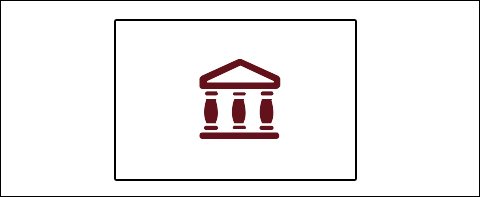Thank you for your E-mail.
It is perfectly legal for the buyer and seller to agree on the selling price provided it is a legal transaction and not an attempt to avoid creditors or taxes. However the tax man in Spain takes a different view and this issue is of very real importance in a falling property market. It needs to be remembered that the transfer tax 7% must be paid according with the highest value of these three: Cadastral value, Market value or price agreed by vendor and purchaser.
The purchaser is more likely to be caught out than the seller however, and unsurprisingly the tax man will always go for the purchaser as they will be the owner of an asset, i.e. the newly purchased house, against which they can place a charge if necessary; and mainly because the purchaser is the person liable for the Transfer Tax in Spain.
Almost every property will have a cadastral value (valor catastral) which is similar to the rateable value in the UK. Typically the property´s cadastral value will be very far out of date unless it has been recently reassessed. The figure can often be found on the most recent IBI receipt. When purchasing a property (also when inheriting, or in a dissolution of joint ownership , etc) it is very important to check that the declared price, i.e. the figure inserted into the Deed (escritura), is acceptable to the tax authorities by reference to the cadastral value. A scale of multipliers exists which enables a purchaser to determine the minimum value that the tax authorities will accept.
A simple example of how this might work in practice is as follows. The buyer agrees to purchase a property for 150k€. The deed is signed before the Notary and the seller receives payment in full. Six weeks following the sale a notification is received by the purchaser demanding that additional transfer tax is paid due to the fact that the cadastral value, when multiplied by the relevant coefficient, produces an acceptable figure of 215k€. The tax on the additional €65k must be paid by the purchaser, an unexpected 7% tax, plus interests, etc, that the purchaser had not budgeted for. Although this decision from tax authorities could be appealed normally with good chances of success, it will always be better to avoid this situation when possible.
Where the price of a property has fallen faster than the evaluation made by the authorities it makes good sense to obtain a professional valuation prior to purchase as this may assist in seeking to persuade the tax man that their figures are out of date. It may be the case that a property is in a state of disrepair which explains the low purchase price. In this case it may well pay to take photographs which can be used to justify the price paid.
If this is your case of the case of someone you know please do not hesitate to contact us.
The information provided on this article is not intended to be legal advice, but merely conveys general information related to legal issues.
White & Baos
Tel: 966 426 185
E-mail: info@white-baos.com
© White & Baos 2011 – All rights reserved.
